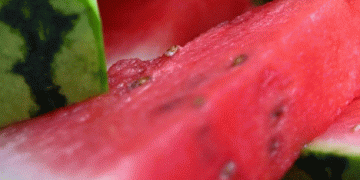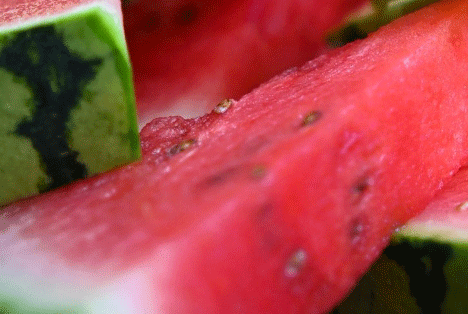Germany has once again demonstrated its dominant position in the European watermelon market with a summer consumption of 425,000 tons in 2023. This figure, which ranks as the second-highest in history, surpassed only by the 455,000 tons consumed in 2019, underscores a strong and consistent demand for this refreshing fruit.
Consumer Preferences and Market Trends
The popularity of watermelons in Germany, often referred to as the “star of summer,” reflects a deep-rooted consumer preference for this fruit. According to recent reports, this high level of consumption highlights Germany’s status as the largest consumer of watermelons in Europe. This trend is not only seasonal but shows signs of extending beyond summer months, driven by improvements in watermelon varieties and changing consumer behaviors.
Juan López, Vice President of the Melon and Watermelon Sector in Murcia (ProExport), notes that the demand for watermelons is increasingly observed throughout the year. “The varieties are improving significantly, and consumers are seeking them even outside of the summer season,” López explains. This shift is driven by the availability of around 1,200 different watermelon varieties worldwide, each varying in size, shape, color, and flavor.
Impact of Watermelon Varieties and Sales Channels
In Europe, striped watermelons are particularly favored, while in Spain, the preference remains for black watermelons. Despite this variety, the market has seen limited success with mini-watermelons. López emphasizes that selling watermelons sliced is more effective, allowing consumers to choose their desired quantity and inspect the fruit’s quality. In Spain, 60% of watermelons sold in food retail are pre-cut, catering to consumer preferences for convenience and freshness.
Market Implications and Future Outlook
The high consumption figures in Germany highlight both the strong market for watermelons and the opportunities for producers and exporters. As consumer preferences evolve and demand for high-quality, year-round options increases, growers and distributors will need to adapt their strategies. Innovations in watermelon varieties and sales methods, such as pre-sliced options, are likely to play a crucial role in meeting market demands and optimizing sales.

































